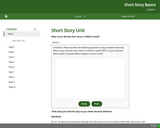
Introductory information about characters, setting, point of view, conflict, plot, theme, and irony
- Subject:
- Arts and Humanities
- Literature
- Material Type:
- Lesson
- Author:
- Teri France
- Date Added:
- 07/07/2020

Introductory information about characters, setting, point of view, conflict, plot, theme, and irony

A Personal Narrative Essay is a creative form of writing that explains a memorable event in a student's life. Like other types of essays, it follows a specific structure and includes an introduction, several paragraphs of body content, and a conclusion. The main purpose of a personal narrative essay is to convince the reader of why the applicant would be a good fit for the college or university they apply to.
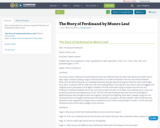
This a book outline for a lesson on the book The Story of Ferdinand by Munro Leaf.

Have you ever had such a hard time understanding what the book, "The Tale Of Two Cities?" I know I have, so I ended up making an animation that helps you understand what book 2, chapter 14 is talking about. In this chapter, you will find that there are a couple of characters, Cruncher, Cruncher Jr., Town Folks, Roger Cly, and much more. Cruncher Jr learned that his father sold dead bodies to earn income.

What are infinitives? When teaching infinitives it is especially important to know what they are. Infinitives are the base form of verbs. Infinitives are often formed by placing the word “to” and then following it with a verb. For example, “to buy/to work/to shop”. Keep in mind that a bare infinitive does not have the word “to” preceding it. Sometimes English speakers use infinitives as objects in sentences. Infinitives can also be used as a subject at the beginning of some sentences; they can be used as adverbs to modify verbs as well. Finally, they can be used as adjectives and/or complements to adjectives. As the lesson progresses, you will introduce the different uses of infinitives to students. Though teaching infinitives seems difficult, this lesson makes it fun and clear.If you want additional lesson plans and support, including teachers’ notes, be sure to register for a free Off2Class account.

This resource is useful in a first-year composition course. The examples are intended for a literature-based composition class. There are also examples of opening strategies intended for an expository composition class. The Word version will give both types of examples.

A training programme for YOUNG PEOPLE involved in civic participation projects: the program targets youth-at-risk and contains lesson plans and related materials that youth activists and educators can use to train and guide youth-at-risk involved in local change projects.
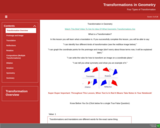
A SoftChalk lesson covering the basics of transformations and symmetry in geometry.
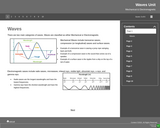
Physical Science Lesson for Mechanical and Electromagnetic Waves.
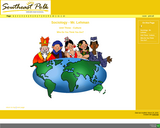
This is a set of multi-day lessons that help a teacher instruct students on creating family trees and using Ancestry.com's database to explore who they are and where they come from. At the end of the unit, students will create a presentation that explores and explains their culture of who they are and where they came from.
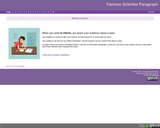
This is a lesson built in SoftChalk for sixth-grade students who have been taught the thinking tracks strategy. The lesson reminds students about how to write an informative paragraph.